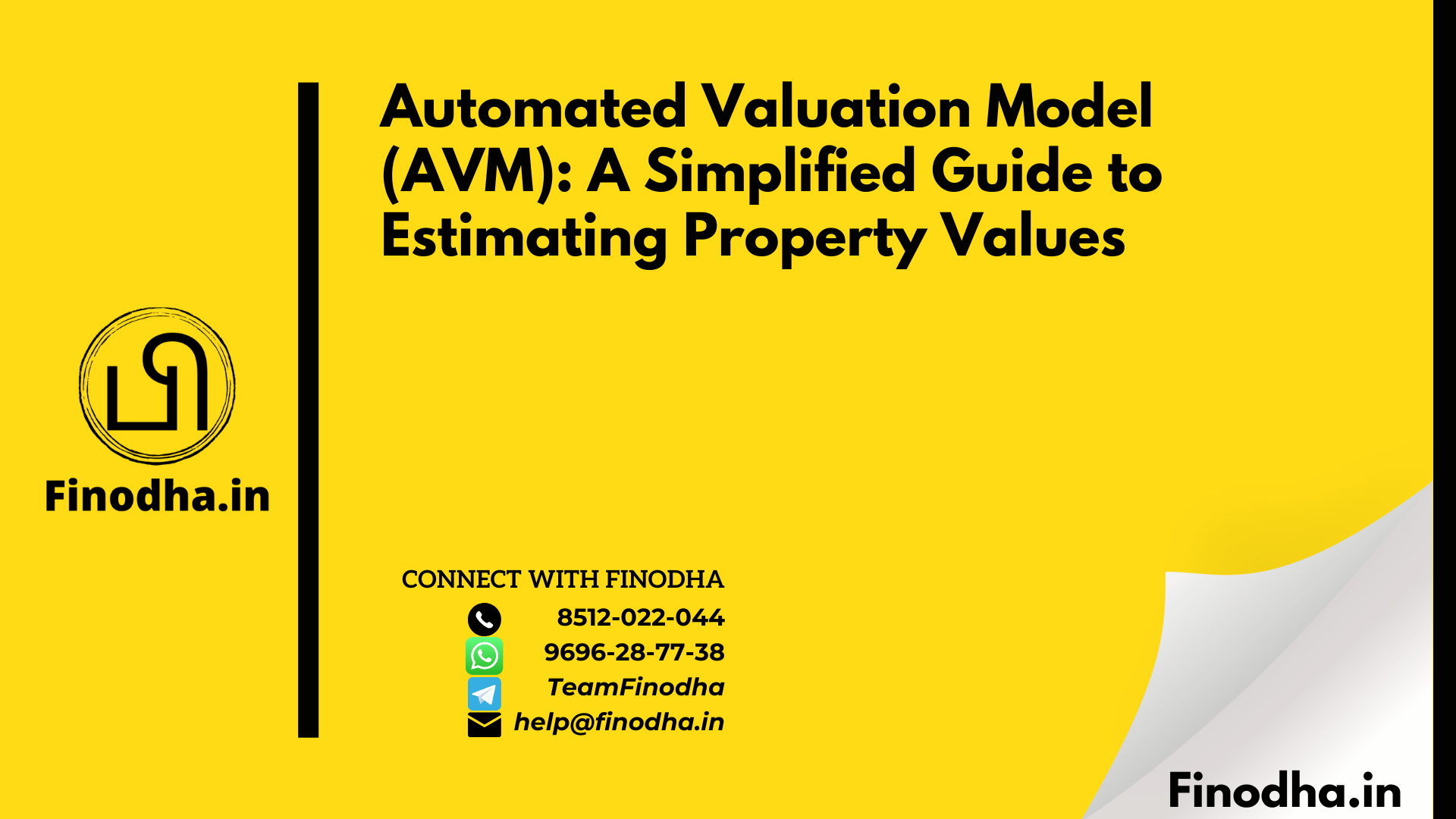Important keywords: Automated Valuation Model, AVM, property values, real estate, estimation, accuracy, historical data, comparisons.
Headings:
- Introduction
- What is an Automated Valuation Model (AVM)?
- How Does an AVM Work?
- Benefits and Limitations of AVM
- Ensuring Accuracy in AVM
- Example in the Indian Context
- Key Takeaways
- Conclusion
Sub-headings, short paragraphs, and bullets:
Introduction:
- This article aims to provide a simplified guide to understanding Automated Valuation Models (AVM) and their role in estimating property values.
- Valuation is crucial for both sellers and buyers to determine the approximate worth of a property.
- AVMs have become a popular and cost-effective approach to property valuation.
What is an Automated Valuation Model (AVM)?
- An AVM is a computer-generated model that estimates the value of a real estate property.
- It utilizes historical databases and algorithms to compare the property with similar ones.
- AVMs are commonly used for evaluating residential properties due to their efficiency and speed.
How Does an AVM Work?
- AVMs generate instant property valuations by analyzing data and utilizing proprietary algorithms.
- The models consider factors such as property characteristics, historical sales, and comparisons with similar properties.
- Hedonic regression models and repeat sales indexes are often used to estimate the value of the property.
Benefits and Limitations of AVM:
- AVMs offer cost-effectiveness and instant results, saving time and resources for buyers and sellers.
- They provide a fair estimation of property value based on historical data and comparisons.
- However, AVMs may not consider the current condition of the property, leading to potential inaccuracies in valuation.
Ensuring Accuracy in AVM:
- To ensure the effectiveness of AVMs, data accuracy is crucial.
- Quantitative and qualitative accuracy of property information is necessary for reliable valuations.
- Criticism towards AVMs highlights the importance of considering the property’s condition in determining its value.
Example:
- Let’s consider Mr. Patel, who wants to sell his residential property in Mumbai.
- Mr. Patel uses an AVM to estimate the value of his property based on historical sales and comparisons.
- The AVM provides him with an instant valuation, which he considers while setting the asking price for his property.
Key Takeaways:
- AVMs are computer-generated models that estimate the value of real estate properties.
- They offer efficiency and speed in property valuation, making them popular in the market.
- However, AVMs may not consider the current condition of the property, which can impact valuation accuracy.
Conclusion:
- Automated Valuation Models (AVMs) provide a convenient and cost-effective approach to estimating property values.
- While AVMs offer speed and efficiency, it’s important to consider their limitations and the potential impact on accuracy.
- By understanding the role of AVMs and considering additional factors, buyers and sellers can make informed decisions in the real estate market.
Capital gains (21) CGST (277) Chapter VI-A (15) e-Compliance Portal (21) E-Verify (20) economic growth (21) F&O Trading (29) F.No.354/117/2017-TRU (23) F. No. CBIC-20001/4/2024-GST (15) Financial planning (15) financial stability (17) GST (1424) IGST (222) Income from House Property (17) Income Heads (16) Income Source (14) Income tax (111) Income Tax Account (15) Income Tax Filing (20) Indian context (22) Indian investors (16) ITR-3 (19) ITR Form (20) P&L Statement (24) PAN (13) Risk Management (20) Salary Income (19) Section 7(1) UTGST Act 2017 (14) Section 8(1) UTGST Act 2017 (26) section 9 (18) section 10 (28) section 15 (13) section 25 (17) section 39 (24) section 49 (16) section 50 (16) section 51 (13) Section 52 (16) Section 54 (13) section 73 (20) section 74 (21) SGST (223) Speculative Income (14) Trading Income (33) UTGST (78)
-
Income Tax Bill 2025: Download PDF, Key Features, Objectives & Provisions
-
Advantages of Company | Why Incorporation Is Beneficial
-
What Is Retail Business? | Meaning, Types & Benefits
-
How to Start Transport Business? | Profitable Guide
-
Cost Sheet of Any Company | Format & How to Prepare It
-
Company Incorporation Certificate | What It Is & How to Get It







